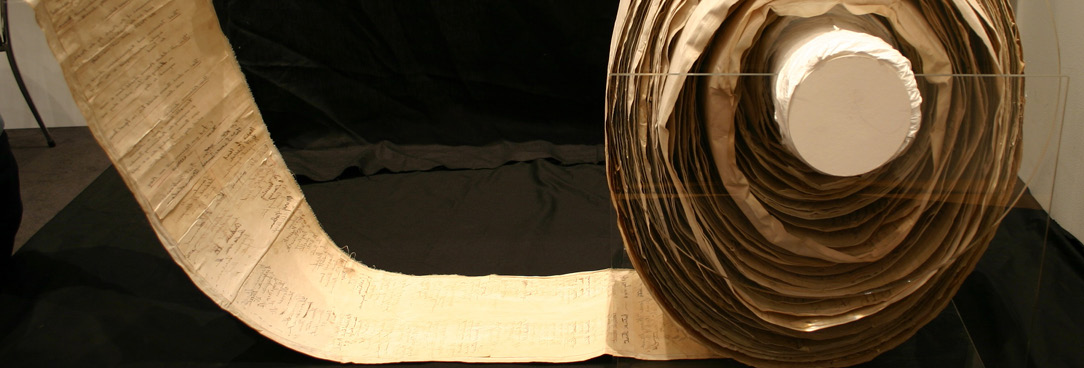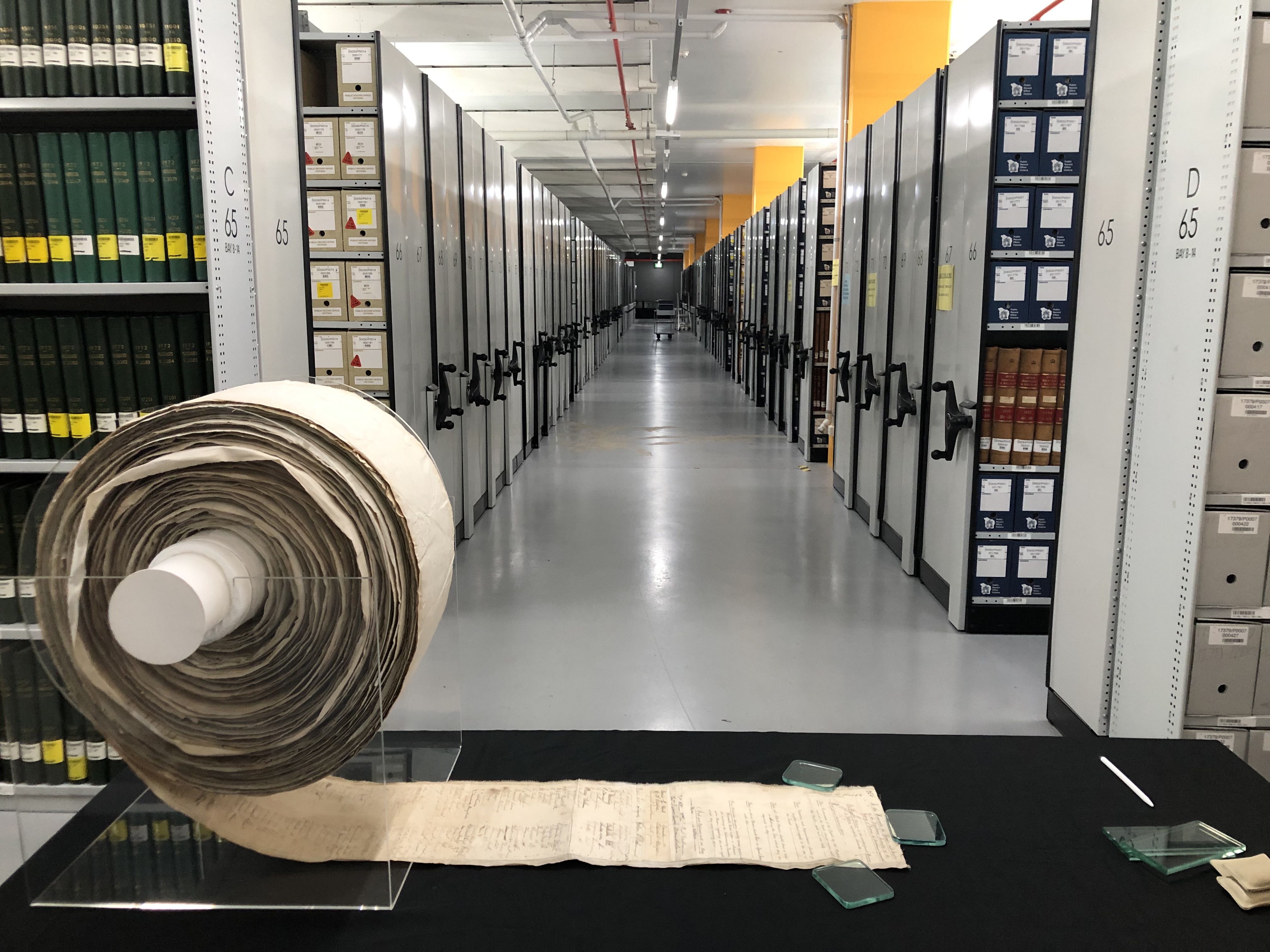
Author: Kate Follington
On 1 October, 2014, the Museum of Australian Democracy at Eureka (MADE) in Ballarat will publicly display the giant 1891 Women’s Suffrage Petition.
The 1891 Women's Suffrage Petition
That year, a band of extraordinary women set out to prove to the Victorian Parliament that women should have the right to vote. Led by early women’s rights activists like Isabella Goldstein and her daughter Vida, they spent six weeks traveling by train and foot collecting signatures from across the state.
They convinced 30,000 Victorian women that voting could improve conditions for them and their children. In particular they hoped to influence liquor laws, enable equal pay for women, a higher age of consent for girls, introduce playgrounds and schools, and afford themselves greater equality around issues of land ownership and divorce.
'Because, to sum up all reasons in one - it is just.' Vida Goldstein.
Largest Petition of the 19th Century
On its completion it was 260 metres in length and the largest known petition of the 19th Century, inspiring similar efforts across Australia and the world.
To the Honourable the Speaker and the Members of the Legislative Assembly of the Colony of Victoria the humble petition of the undersigned men and women resident in Victoria respectfully sheweth that the exclusion of women from the Franchise is both unjust to them and inimical to the welfare of the state
Australian women were the first in the world to be granted both the right to vote and the right to stand for Parliament. This was greatly influenced by the 1891 Petition, and the determination of women like Vida Goldstein who continued to lobby for a position in parliament throughout this period.
The Legacy of 1891
The 1891 ‘Monster petition’ as it was later known was a landmark for Victoria’s fledgling women's movement. Tabled to the Victorian Parliament 1891, the petition, while unsuccessful in gaining women the right to vote in Victoria at that time, demonstrated the gathering strength in their determination to gain women's rights. Often 'ordinary' women's voices are left out of historical accounts and the petition provides a historical record of women's commitment to their right to be heard.
This amazing icon of the women’s rights movement in Australia is now a treasured part of the Public Record Office Victoria Collection. Researchers can search the database to find out whether their female ancestors were one of the great women who signed the petition and made a significant contribution to women's rights today.
Material in the Public Record Office Victoria archival collection contains words and descriptions that reflect attitudes and government policies at different times which may be insensitive and upsetting
Aboriginal and Torres Strait Islander Peoples should be aware the collection and website may contain images, voices and names of deceased persons.
PROV provides advice to researchers wishing to access, publish or re-use records about Aboriginal Peoples

